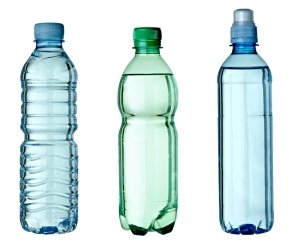Soothing a child with sensory issues can be difficult. Although Sensory Processing Disorder (SPD) is a condition that is common in children on the autism spectrum, but affects many children who are not. SPD affects the way a child processes messages sent from the brain to any of the five main senses – sight, touch, hearing, taste, and smell. In a normal situation, when a child is tapped on the shoulder, his nervous system informs him that he received a light touch. When a child with SPD is tapped on the shoulder, he misinterprets the touch as a hard hit. Or, the touch is completely lost, leaving him unaware of it happening at all. Most children with SPD have a combination of both under and over sensitivity to stimuli.
Water can act as a form or relief for a child’s constant sensory stimulation. Not only are swimming lessons beneficial for learning essential water safety skills, students with sensory processing disorder get a two-fold benefit. Through water therapy, children can enjoy themselves, be soothed by their surroundings, and most importantly, overcome everyday fears. Students with SPD may have symptoms, when they are around water, to feel extremely anxious, hyper, careless, not being aware of the danger of drowning. Swimming lessons can not only teach SPD students to heighten their alertness around bodies of water, but overcome everyday tasks such as showering, taking a bath, getting their face wet, or daily hygiene. By overcoming their biggest obstacle, exposure to water, water therapy gives children with SPD greater opportunities to focus and work on other areas such as speech, motor skills, etc. Tune into the video below to learn about water therapy for children with sensory issues at Texas Swim Academy:
